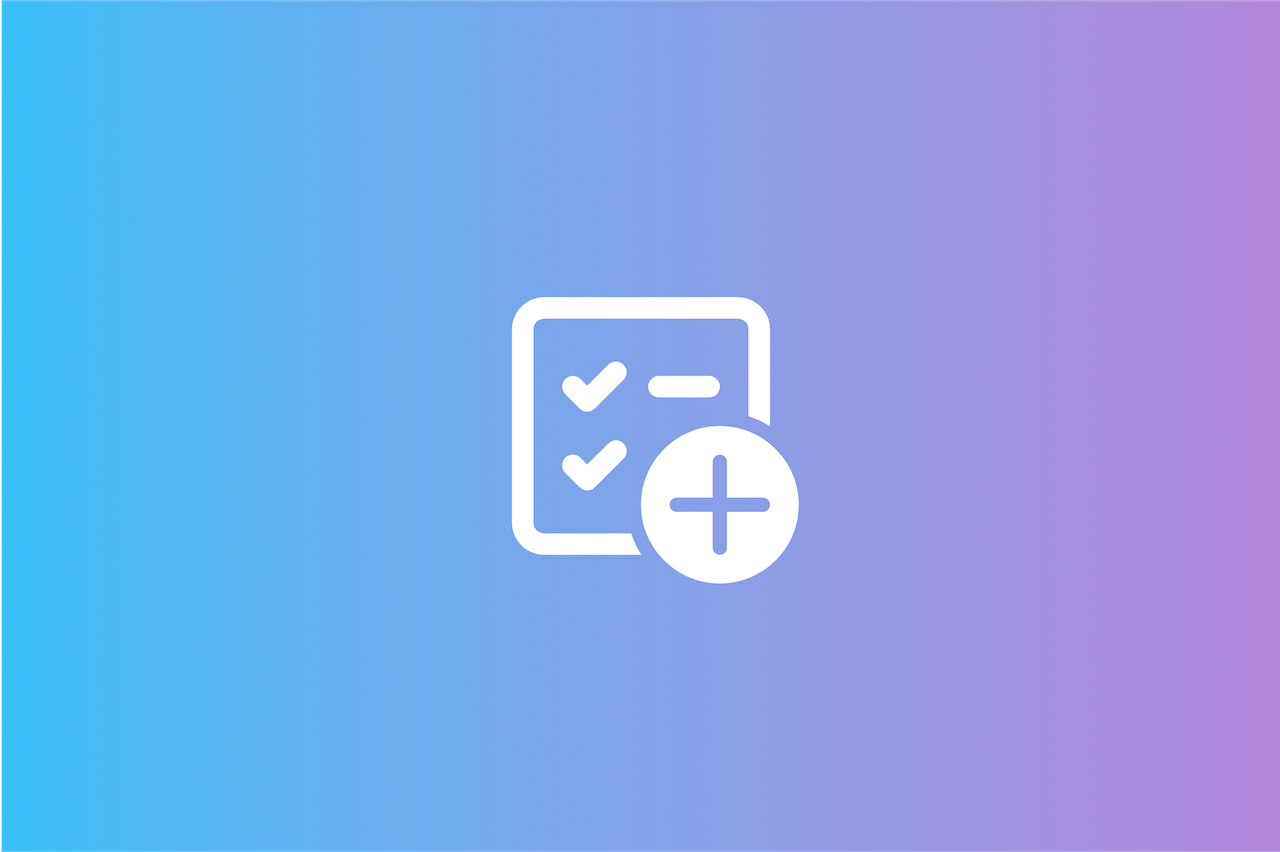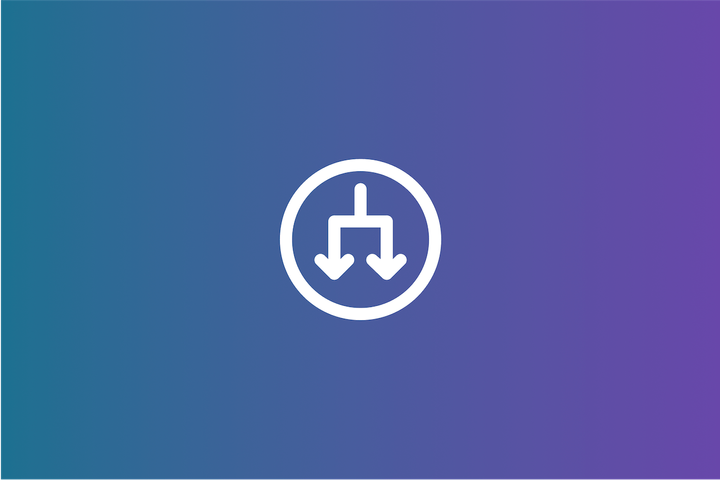The Benefits of Organizational Charts
Learn the key benefits organizational charts provide for structuring your business, including clarifying roles, improving communication flows, identifying resource gaps, and facilitating growth.

If you run or work in a business, you’re likely to have used an organizational chart or two.
You may even have one hanging in your office. But do you utilize these organizational charts to their full potential?
Many people don’t. And that’s a missed opportunity. Because organizational charts aren’t just corporate wall decorations—they’re visual representations of your company structure.
Here are some of the key benefits organizational charts provide:
Benefit 1: Clarify Roles and Responsibilities
One of the biggest benefits of org charts is role and responsibility clarification. With a well-structured chart, you can lay out positions and hierarchies within your company.
This gives employees a transparent view of where they fit in and what duties their role entails. It also shows them who they report to and who reports to them. This prevents confusion around job functions.
For example, if an employee named John isn’t sure who to ask about taking time off, he can consult the org chart. He’ll be able to see that he reports to Jane who manages the marketing team. So Jane would be the right person to talk to about scheduling paid time off.
Benefit 2: Improve Communication Flow
Org charts also map out communication channels within your organization. This way employees understand who relays messages and decisions within each department and who handles cross-department interactions.
With defined networks mapped, your company’s communication flow will become more streamlined. This leads to increased transparency around operations and fewer bottlenecks.
For instance, the org chart might show that product ideas get shared laterally amongst the product team. But once ready, they get sent directly to the engineering manager. This way all parties understand the communication chain of command.
Benefit 3: Identify Resource Gaps
Do you feel like your departments are understaffed? Or maybe you suspect there’s an imbalance or misalignment somewhere? Organizational charts help identify resourcing gaps.
By analyzing the structures and teams laid out in your org chart, you can spot potential issues or needs. You may realize you lack critical roles in certain areas. Or that some departments have way more direct reports than others.
Catching resource gaps allows you to redistribute positions or hire for priority roles. This ensures smooth operations across your organization.
Benefit 4: Facilitate Growth and Change
As companies expand, evolve, and take on new projects, org charts help guide transitions. Let’s say your startup begins venturing into new products or services outside your wheelhouse.
Well, you can use your org chart as a blueprint for change, building out additional teams and management levels that this growth calls for.
Whether you’re rolling out new initiatives or just scaling up, organizational charts keep your structure aligned with business needs.
How to Get the Most from Your Org Charts
Now that you know why org charts matter, let’s discuss how to make sure your staff gets the maximum benefit from them. Regardless of whether you’re drawing one up for the first time or restructuring an existing chart, keep these tips in mind:
Choose the right org chart type - The main options are hierarchical, flat, divisional, and matrix structures. Select the format that best represents your company.

Include all roles and departments - The most common mistake is leaving positions or entire teams off the chart. Make sure to include all groups and functions.
Show chain of command - Your org chart should illustrate reporting hierarchies with clear supervision links so anyone viewing understands who manages each role.

Update your org chart frequently - As your business grows and evolves, so should your chart. Embed org chart reviews into quarterly or annual planning to keep it current.
Make it visible and easily accessible - Don’t just stash your chart away once made. Post it prominently so employees can reference it anytime questions arise around organizational processes or responsibilities.



